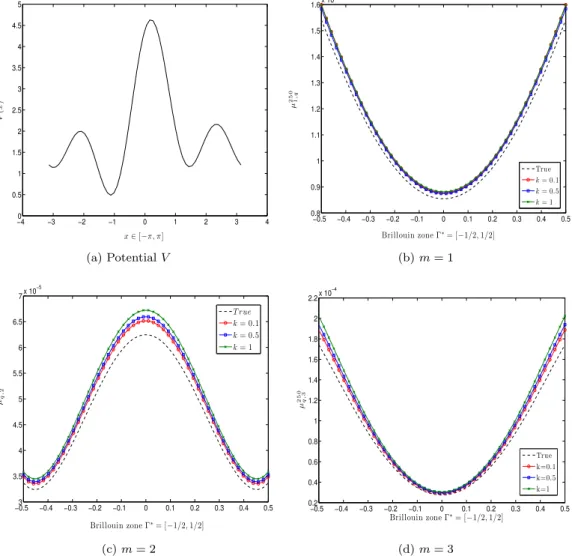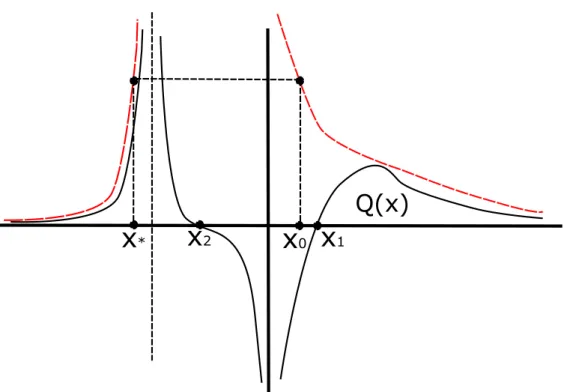An a posteriori error estimator based on shifts for positive hermitian eigenvalue problems
Texte intégral
Figure


Documents relatifs
We study also the relationship of the Van Hove singularities with the band structure of the spectrum, the singularities of the density of states, and the resonances created
Generalized multiscale finite element methods (GMsFEM).. Theory and practice of finite elements, volume 159 of Applied Mathematical Sciences. Element diameter free stability
A posteriori error estimator based on gradient recovery by av- eraging for convection-diffusion-reaction problems approximated by discontinuous Galerkin meth- ods... A posteriori
A posteriori error estimator based on gradient recovery by averaging for discontinuous Galerkin methods.. Emmanuel Creusé,
As a consequence of general results of [10], a positive bounded Hankel operator can have any continuous spectrum of multiplicity ≤ 2 and any set of non- zero eigenvalues of
(i) ψ ◦ ϕ −1 is operator convex and ψ −1 is increasing convex,.. We will give a complementary result to Theorem 2.3. In the following theorem we give a general result.. opera-
This paper introduces an error estimator based on the constitutive relation which provides an upper bound of the global error for parametric linear elastic models computed with
We now report numerical results for initial boundary-value problem for the wave equation (2.1) using piecewise linear finite elements in space) and Newmark scheme with non-uniform